FULL SCIENCE Curriculum - 36 Lesson Plans, 3 Summative Assessments & 28 Additional Hands-On Experiments (Year 2)
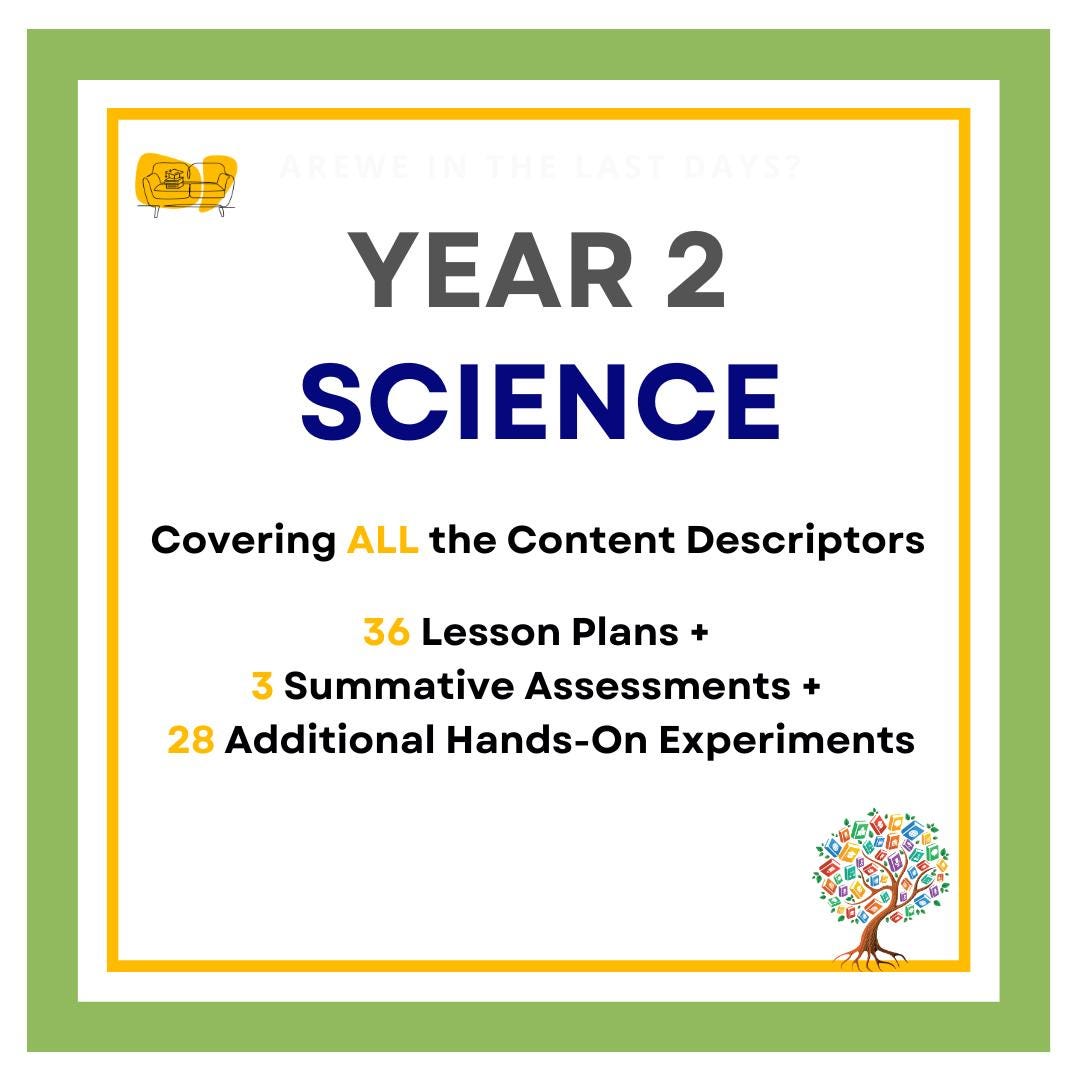
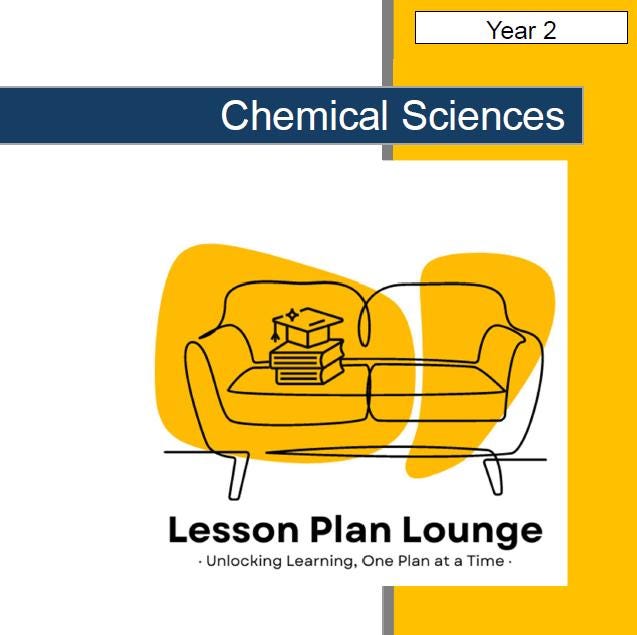
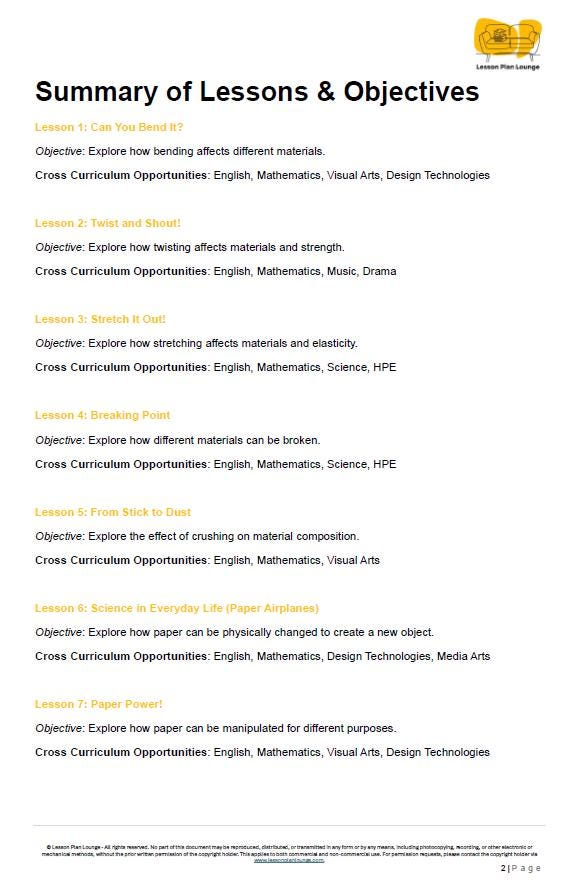
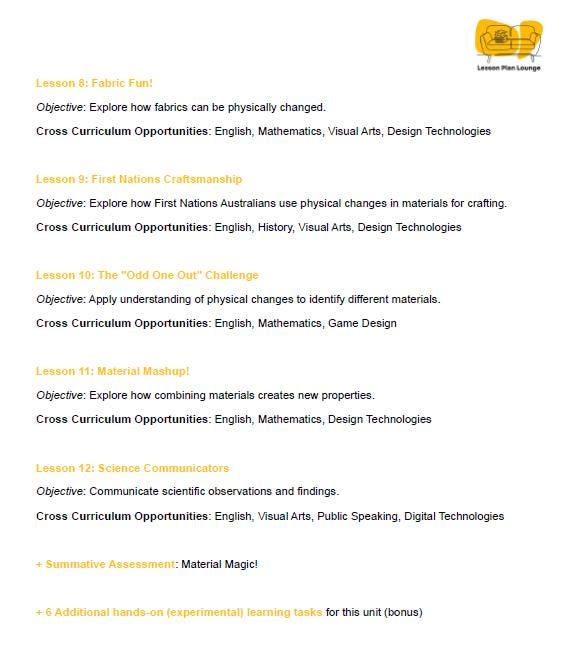
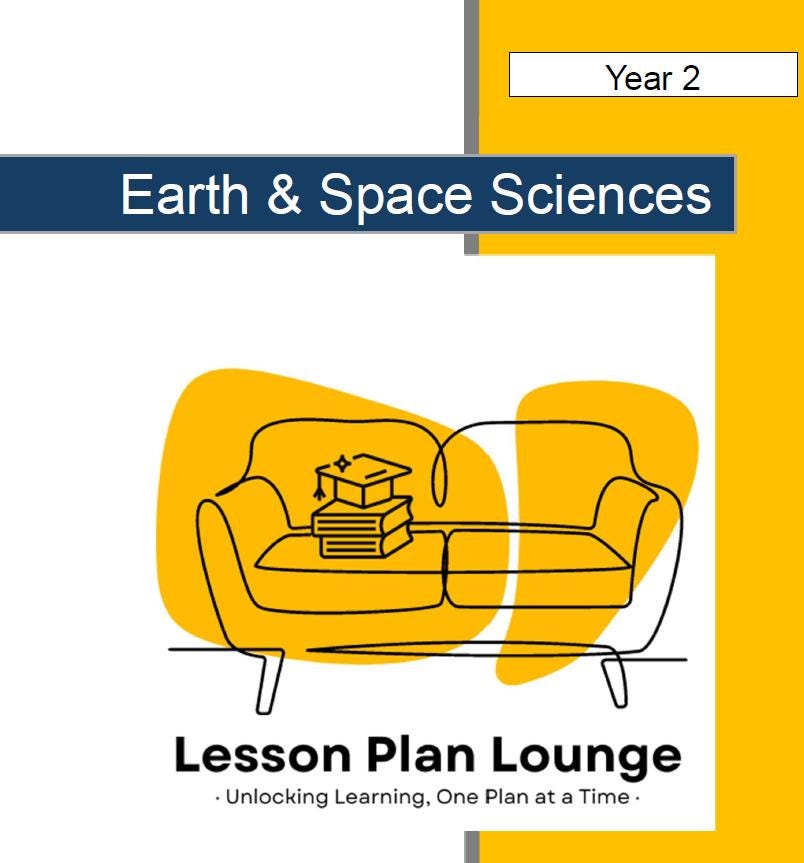
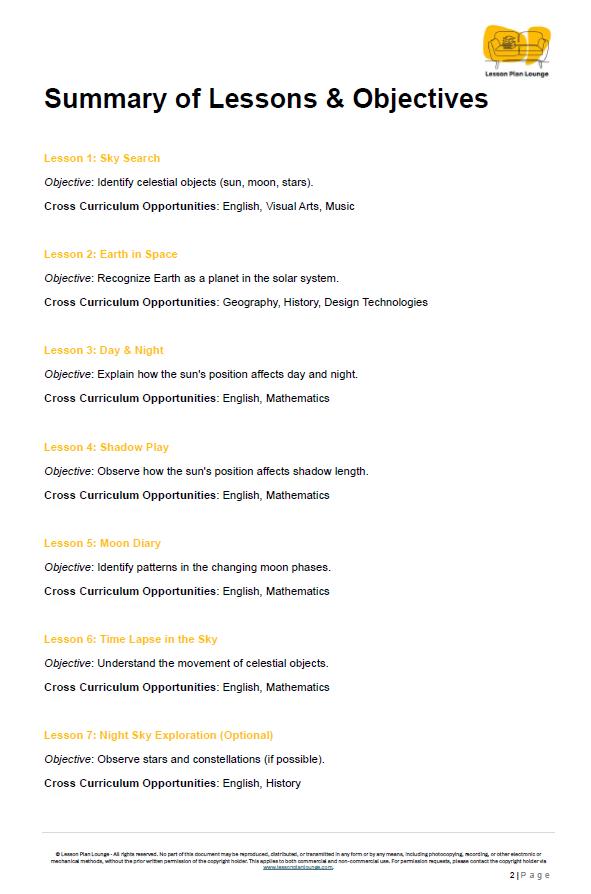
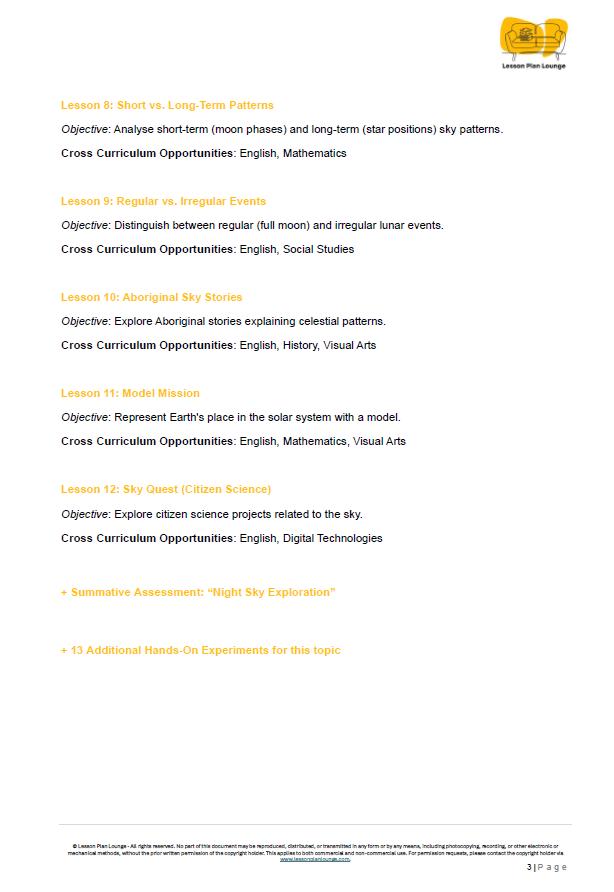
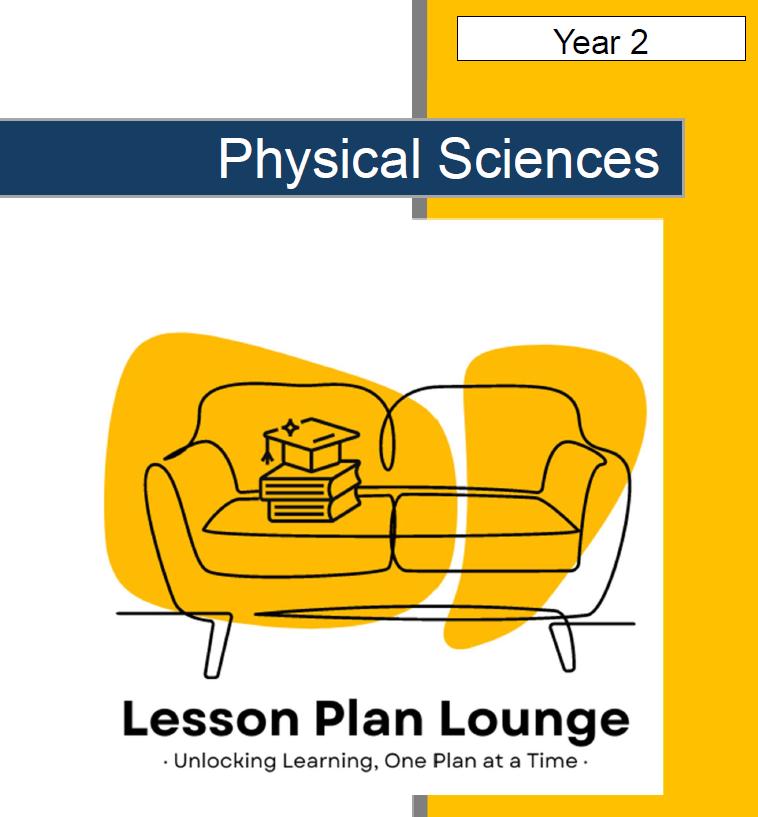
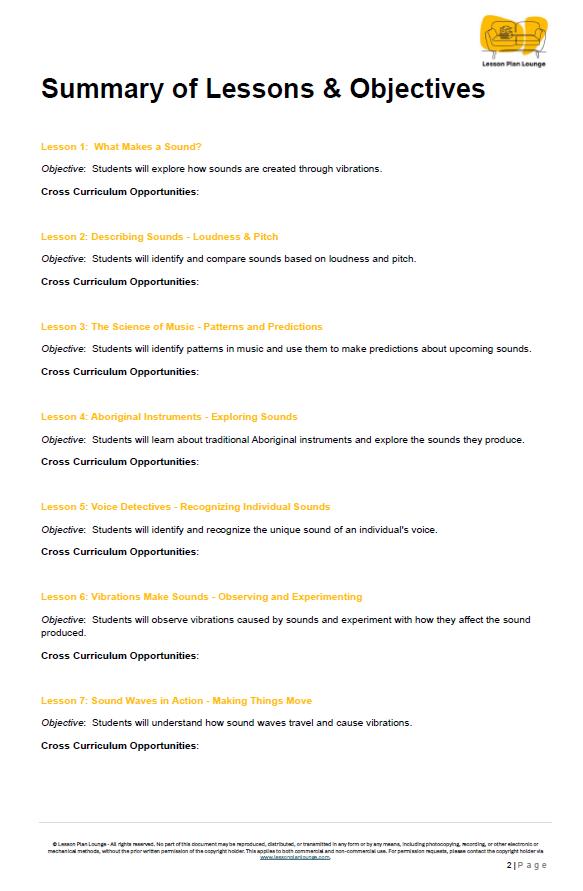

$14.36
These Science (Biological, Physical and Earth & Space Sciences) lessons offer: 36 hands-on lessons + 3 Summative Assessments (incl. marking rubric) and 28 Additional Hands-On Learning Tasks/ Experiments (Year 2)
……..
Covering:
Earth & Space Sciences:
Covering: AC9S2U01 - recognise Earth is a planet in the solar system and identify patterns in the
changing position of the sun, moon, planets and stars in the sky.
Chemical Sciences:
Covering: AC9S2U03 - recognise that materials can be changed physically without changing their
material composition and explore the effect of different actions on materials including bending,
twisting, stretching and breaking into smaller pieces
Physical Sciences:
Covering: AC9S2U02 - explore different actions to make sounds and how to make a variety of
sounds, and recognise that sound energy causes objects to vibrate.
General:
Use and influence of Science
Covering: AC9S2H01- describe how people use science in their daily lives, including using patterns to
make scientific predictions.
Questioning and Predicting
Covering: AC9S2I01- pose questions to explore observed simple patterns and relationships and make
predictions based on experiences.
Planning and Conducting
Covering: AC9S2I02 - suggest and follow safe procedures to investigate questions and test
predictions.
Covering: AC9S2I03 - make and record observations, including informal measurements, using digital
tools as appropriate.
Processing, Analysing and Modelling
Covering: AC9S2I04 - sort and order data and information and represent patterns, including with
provided tables and visual or physical models.
Evaluating
Covering: AC9S2I05 - compare observations with predictions and others’ observations, consider if
investigations are fair and identify further questions with guidance.
Communicating
Covering: AC9S2I06 - write and create texts to communicate observations, findings and ideas, using
everyday and scientific vocabulary.
Including: hands-on activities, explicit teaching content, formative assessment options, differentiation strategies, extension tasks, summative assessment (incl. marking rubric), cross curriculum opportunities, outdoor learning opportunities, early career/ real life education (related jobs) and materials needed (per lesson).
